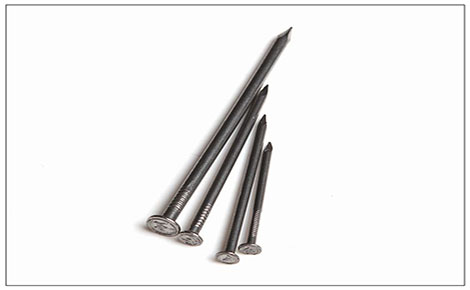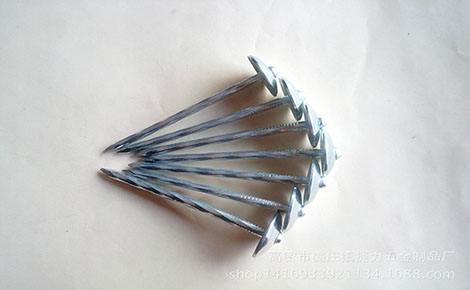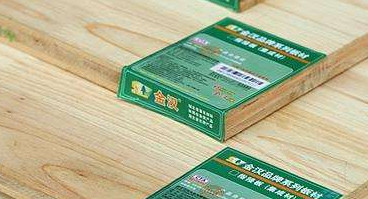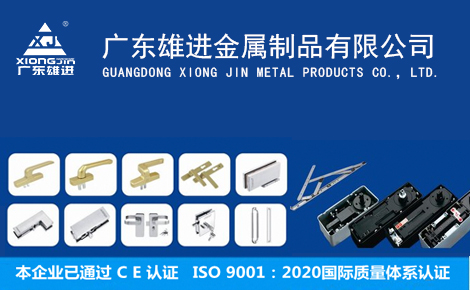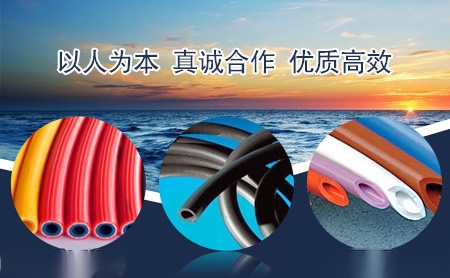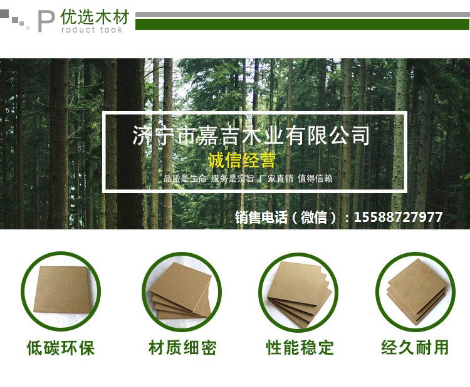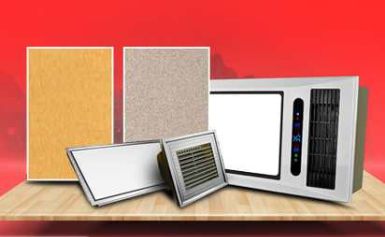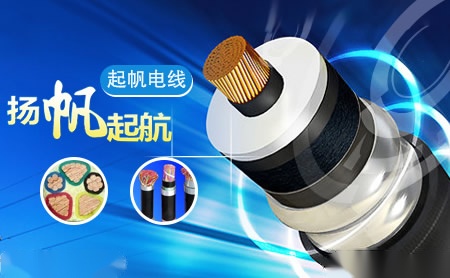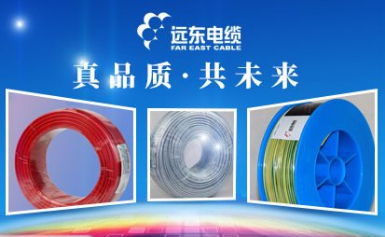Water Tap: A Small Device with a Big Impact

Introduction
In our daily lives, we often take for granted the small things that make a big difference. One such invention that revolutionized our access to clean water is the water tap, or faucet. This humble device, known as a water tap in English-speaking countries, has become an essential part of every household and public space. In this article, we will explore the history, significance, and different types of water taps, as well as how to use them effectively.
History
The concept of a water tap dates back thousands of years to ancient civilizations. The Romans, for example, developed aqueducts and public baths, which required a system to control the flow of water. However, it wasn't until the 19th century that the modern water tap as we know it was invented.
In 1845, the ball valve was patented by Robert Cock, an English engineer. This valve allowed for better control of the water flow and was a significant advancement in tap technology. Later, in 1880, Thomas Campbell, an Irish inventor, introduced the compression faucet, which is still widely used today. This type of tap uses a rubber washer to control the flow of water. Over time, various improvements and modifications have been made to water taps, resulting in the wide range of options available today.
Significance
The water tap has had a profound impact on society, particularly in terms of hygiene and convenience. Before its invention, people had to rely on manual methods, such as drawing water from wells or carrying buckets from nearby sources. The water tap brought running water into homes, making it easier to access clean water for drinking, cooking, and cleaning.
Furthermore, the water tap played a crucial role in preventing the spread of diseases. Prior to its invention, communal water sources were often contaminated, leading to outbreaks of waterborne illnesses. With the introduction of taps, individuals could control the flow of water, reducing the risk of contamination and improving overall sanitation.
Types of Water Taps
Today, there are numerous types of water taps available, each with its own unique features and functions. Let's explore some of the most common types:
1. Compression Taps: These are the traditional taps that require you to turn a handle to control the water flow. They use a rubber washer to create a seal and control the flow of water.
2. Ball Taps: These taps have a single handle that controls both the hot and cold water flow. They use a ball valve to control the water flow and temperature.
3. Cartridge Taps: These taps have a single lever that controls both the water flow and temperature. They use a cartridge mechanism to regulate the water flow.
4. Disc Taps: These taps use two ceramic discs that control the water flow and temperature. They are known for their durability and smooth operation.
5. Sensor Taps: These taps have motion sensors that detect when a hand is placed underneath the tap. They automatically turn on and off, reducing water wastage and promoting hygiene.
Using Water Taps Effectively
While using a water tap may seem simple, there are a few tips to keep in mind to ensure effective and efficient usage:
1. Turn Off Properly: Always make sure to fully turn off the tap after use. A dripping tap can waste a significant amount of water over time.
2. Fix Leaks: If you notice any leaks, get them fixed as soon as possible. Not only will this save water, but it will also prevent any damage to the tap or surrounding areas.
3. Use Cold Water When Possible: When performing simple tasks like washing hands or brushing teeth, try using cold water instead of hot. This will save energy and reduce your carbon footprint.
4. Install Water-Saving Devices: Consider installing aerators or flow restrictors on your taps. These devices reduce water usage without compromising water pressure.
Conclusion
The water tap is a small device that has had a big impact on our lives. From ancient civilizations to modern society, the tap has provided us with easy access to clean water and improved hygiene. With various types of taps available, it is important to choose the right one for your needs and use it effectively to conserve water and energy. So, the next time you turn on a water tap, take a moment to appreciate its significance and the convenience it brings to your daily life.
 2023-12-04
2023-12-04 小嘉
小嘉
